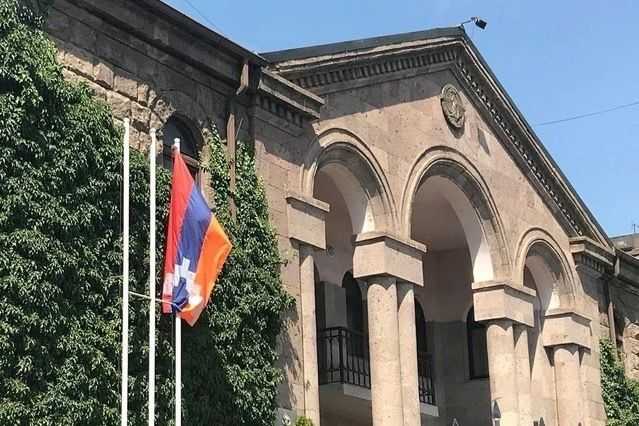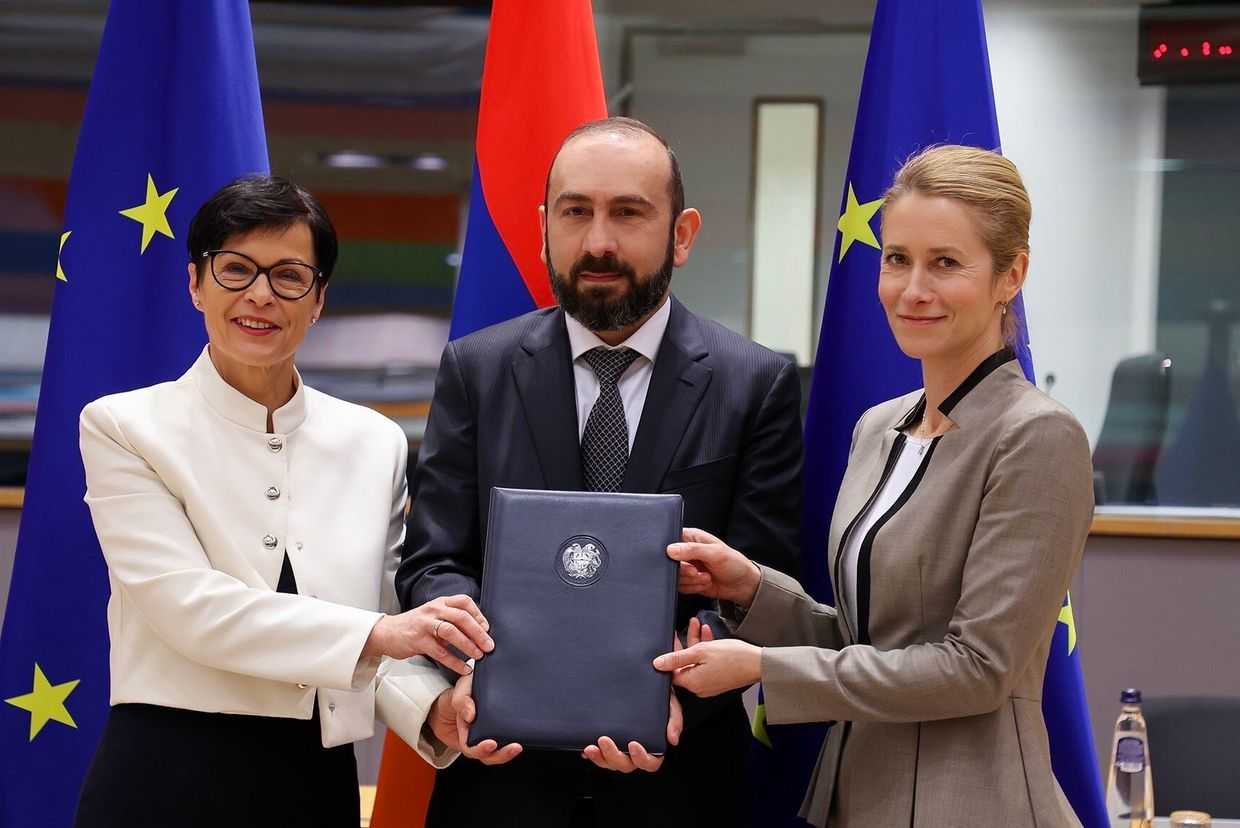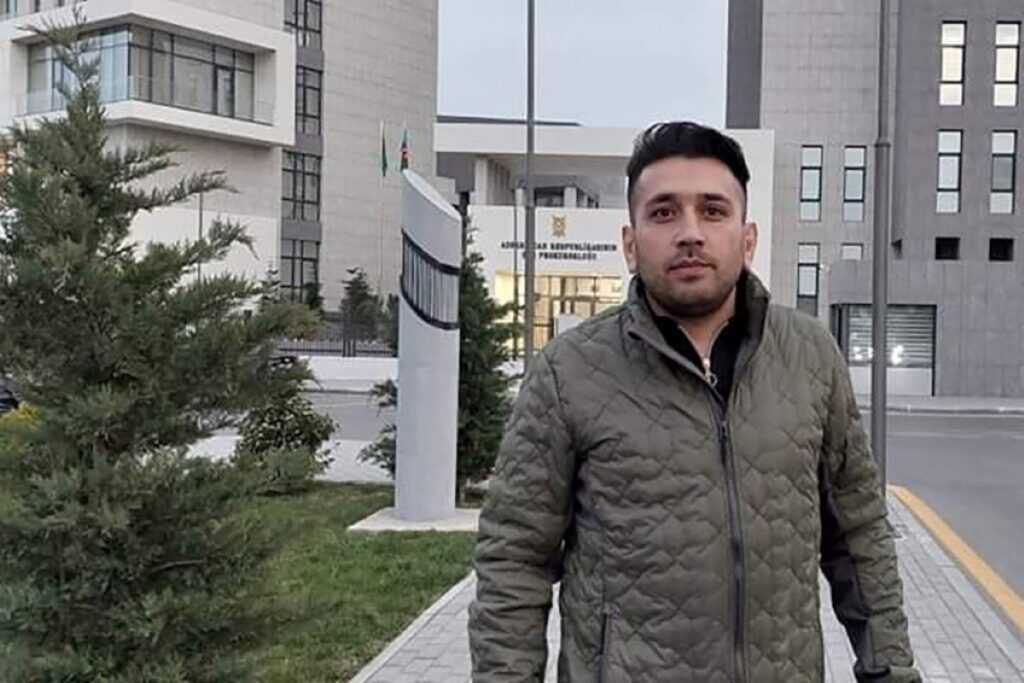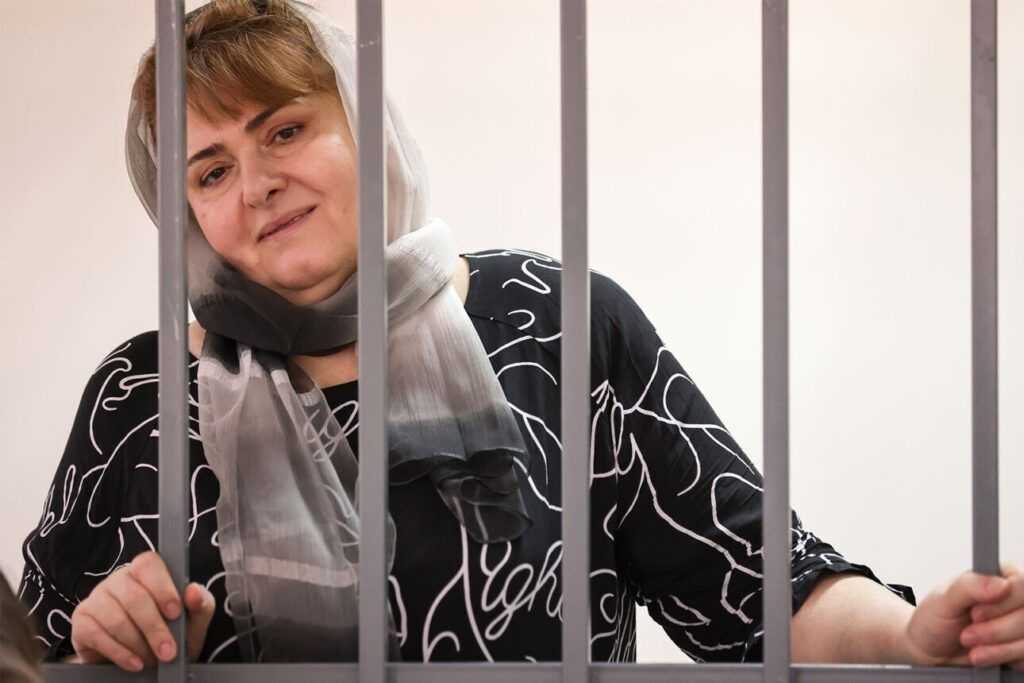EUMA increases nighttime patrols as Azerbaijani accusations of ceasefire violations mount

Armenia’s Defence Ministry has refuted two more allegations of ceasefire violations, accusing its Azerbaijani counterpart of spreading ‘disinformation’. At the same time, the European Union Mission in Armenia (EUMA) has announced an increase in the number of night patrols along the Armenian side of the Armenia–Azerbaijan border.
On Wednesday evening, Armenia’s Defence Ministry rebutted a statement issued by the Azerbaijani Defence Ministry, which alleged that between 19:25 and 19:35 that evening, units of the Armenian Armed Forces had opened fire towards Azerbaijani combat positions located in the southeastern section of the border.
The following morning, the ministry issued another denial, this time that units of the armed forces had opened fire towards Azerbaijani combat positions located in the northeastern section of the border at around 23:50.
These were the 21st and 22nd denials by Armenia since 13 March, the day Armenia and Azerbaijan separately announced they had agreed on the terms of a historic peace deal. In addition to these rebuttals, Armenia announced an additional ceasefire violation accusation of its own towards Azerbaijan on 31 March.
That day, Armenia accused the Azerbaijan armed forces of opening fire, stating that at approximately 00:50, Azerbaijani soldiers fired towards the Khnatsakh settlement in Syunik, damaging a residential house. Included in the official statement were images of a broken window and a shell casing inside the house.
Against the backdrop of increased ceasefire violations claims, as well as numerous reports from Armenia’s border villages of shootings from the Azerbaijani side, particularly at night, the EUMA announced that starting from March, they had increased the number of night patrols to ‘enhance nighttime security and safety and relieve possible tensions’.
The EUMA recently marked a ‘major milestone’ — the completion of its 5,000th patrol since its deployment in February 2023.
Established to support stability in the border areas between Armenia and Azerbaijan, the EUMA operates across a 1,000-kilometer border line, providing ‘a consistent and impartial presence’ in the region. In January 2025, its mandate was expanded until February 2027.
It has proved to be a major sticking point in the peace talks between Armenia and Azerbaijan, with Baku repeatedly demanding its withdrawal since September 2024.
In March, as part of the agreed terms of the peace deal, Armenia accepted the removal of the EUMA — as a third-party force — out of the shared border with Azerbaijan. However, given Azerbaijani preconditions to signing the peace agreement — including making amendments to the Armenian constitution — the actual signing of the deal is not likely to occur before 2026.











